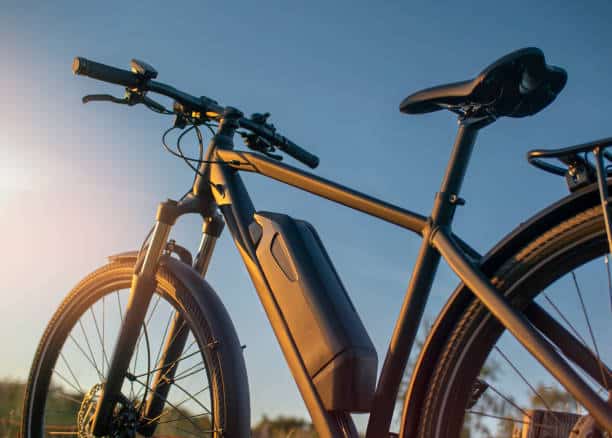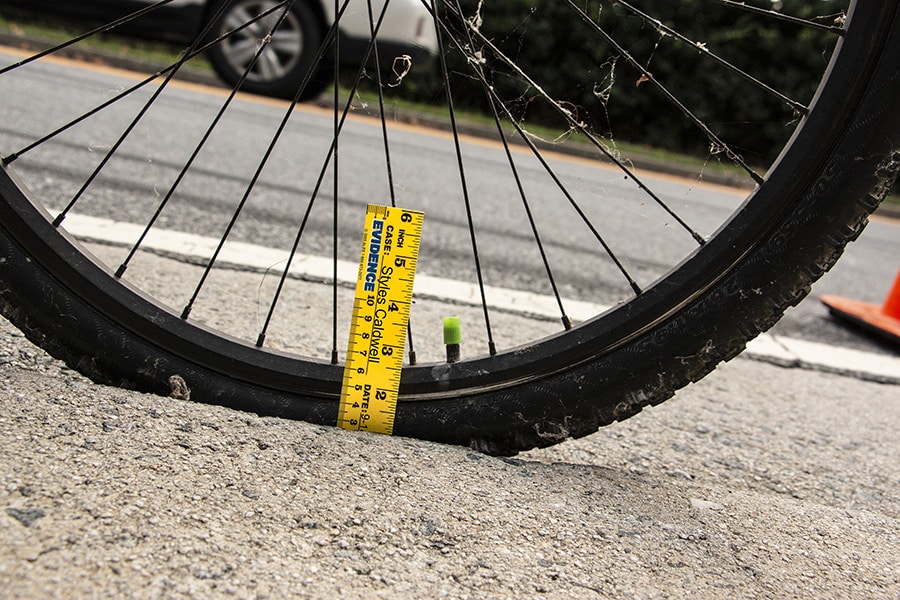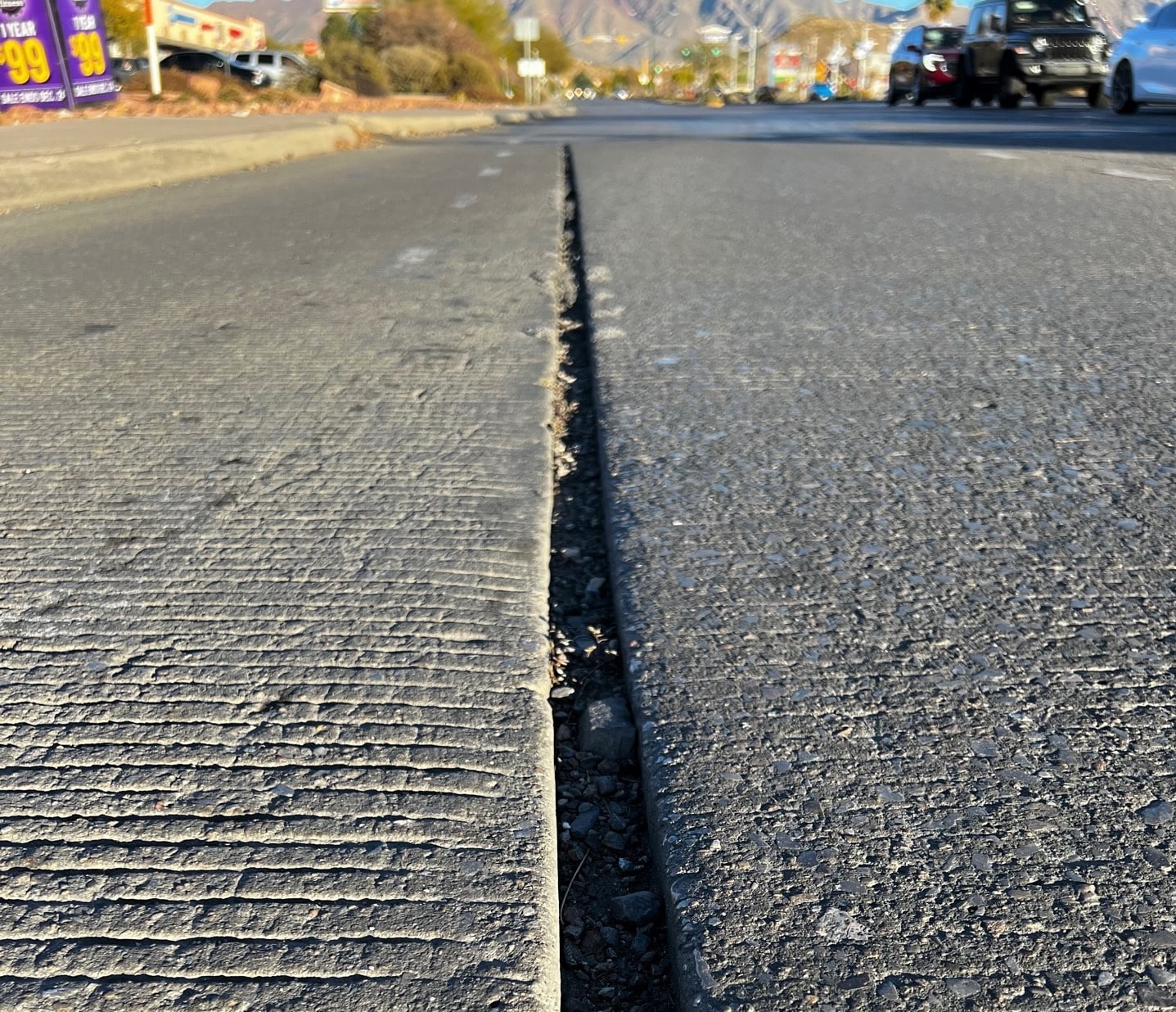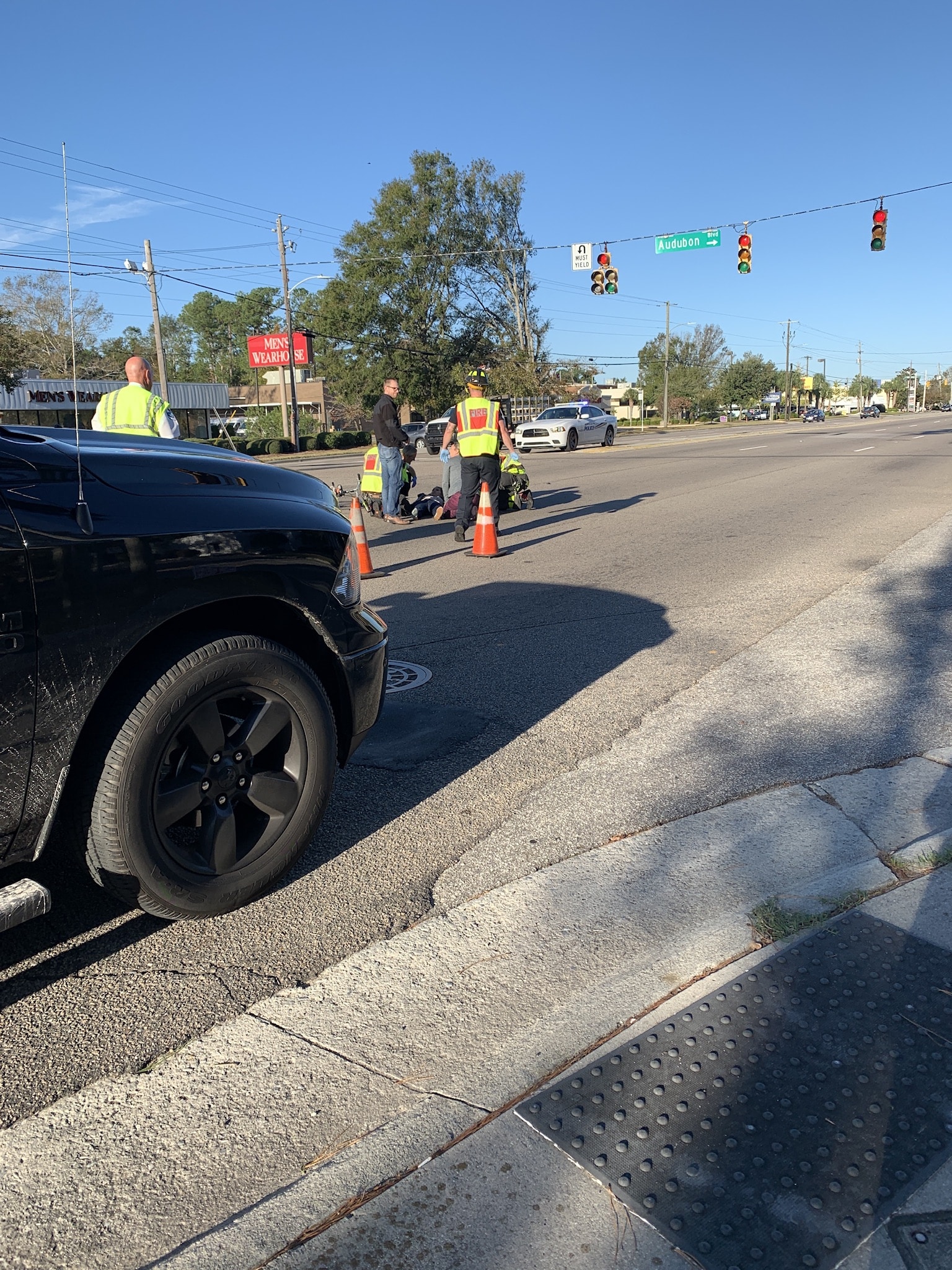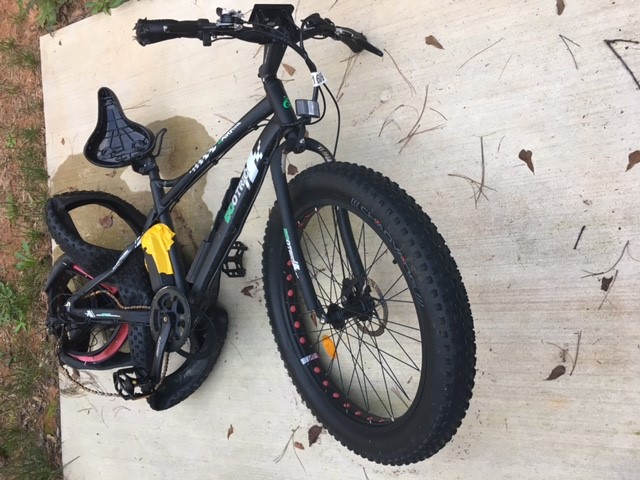What it means in Idaho, and elsewhere
Here in Idaho the law requires a cyclist to ride as “close as practicable to the right hand” side of the road. It is this state’s version of the “as far to right as practicable” term common in cycling statutes across the country. Something like 40 states have a version of that language directing cyclists where to place themselves on the roadway when they ride. Cyclists, and frankly law enforcement, are often somewhat befuddled by what practicable means. Often people, particularly car-centric folks, try to interpret it to mean as far to the right as possible. In my view, that interpretation is clearly inaccurate. But it is that interpretation that leads to ticketing or cyclists or claims in civil litigation that the cyclist has some fault when hit from behind by a motor vehicle.
The Idea Underlying the Use of Practicable is Safety
My basic position on the meaning of the term “as far to the right as practicable” is that a cyclist is required to ride as far to the right as they can reasonably and safely accomplish given the conditions present at the time.
That means, in part, it is not the same for all cyclists because of the variety of skills they bring to the road. Identifying what is “practicable” generally requires an assessment of the circumstances on the road. This includes the skills of the road users as well as the roadway and weather conditions at a particular place and time.
Another way of looking at it is the law provides cyclists the discretion to “take the lane” according to that cyclist’s personal judgment of their personal safety based on all the relevant circumstances.
This view has prevailed in Idaho court proceedings where a cyclist was ticketed for failure to abide by the “far to the right as practicable” law.
One State’s Statutory Use of Practicable
Idaho Code 49-717, my state’s version of the where you should ride law, provides:
Any person operating a bicycle upon a roadway at less than the normal speed of traffic at the time and place and under the conditions then existing shall ride as close as practicable to the right-hand curb or edge of the roadway except under any of the following situations:
(a) When overtaking and passing another bicycle or vehicle proceeding in the same direction.
(b) When preparing for a left turn at an intersection or into a private road or driveway.
(c) When reasonably necessary to avoid conditions including fixed or moving objects, parked or moving vehicles, bicycles, pedestrians, animals, surface hazards or substandard width lanes that make it unsafe to continue along the right-hand curb or edge.
It is that third set of exceptions in (c) that provides a broad list of scenarios that are based on the concept of cyclist’s safety. If fact, there are a couple of old reported Idaho court cases that expressly hold the failure of a cyclist to ride on the shoulder (or as far to the right as possible) is not in and of itself improper. Kelley v. Bruch, 415 P.2d 693 (Idaho 1966); Maier v. Minidoka County Motor Co., 105 P.2d 1076 (Idaho 1940). In these case the court says the actions of the cyclist have to be judged under the circumstances at hand.
It is also worth noting that the Idaho Transportation Department’s road design manual states that an appropriate, shareable, lane is 14 feet wide. Many roadway lanes are less than 14 feet so there is always a good argument that a less than 14-foot-wide lane is “substandard.” And, under the statute, anytime a lane is substandard the “as close to the right as practicable” language is no longer relevant to the cyclists’ position on the roadway. Because when a lane is substandard the law empowers the cyclist to use the entire lane.
The Underlying Reason for the Law is Cyclist Safety
There is not a definitive Idaho court ruling that this analysis is correct. And, it might be argued that the REAL emphasis of the statute is to allow motor vehicles to travel more efficiently as opposed to focusing on the safety of the cyclist. If that view is adopted practicable actually would mean possible. But on balance, in my view that is a far weaker argument.
But, for example, the City of Boise has passed an ordinance that on first glance seems to emphasize the flow of motor vehicles. It requires a cyclist to move right if the cyclist is slowing a vehicle and putting the driver in a position that it is unsafe or illegal to pass the cyclist. However, even in the case of that ordinance, the cyclist is only required to move to a position that is safe. So even that ordinance can be used to make the point that cyclist safety is the underlying motivation of the where to ride statutes.
Each state that uses the practicable terminology will have its own specific statute. But when assessing the statute’s impact on a particular civil or criminal situation don’t get sucked into thinking about your statute in too narrow of a fashion.

Twice a masters criterium champion, Kurt Holzer was also the 2011 Idaho Trial Lawyer of the Year. He is the past President of the Idaho Trial Lawyers Association and currently serves as a Commissioner of the Idaho State Bar.
Kurt has represented dozens of Idaho cyclists for a variety of collision and product liability claims.



